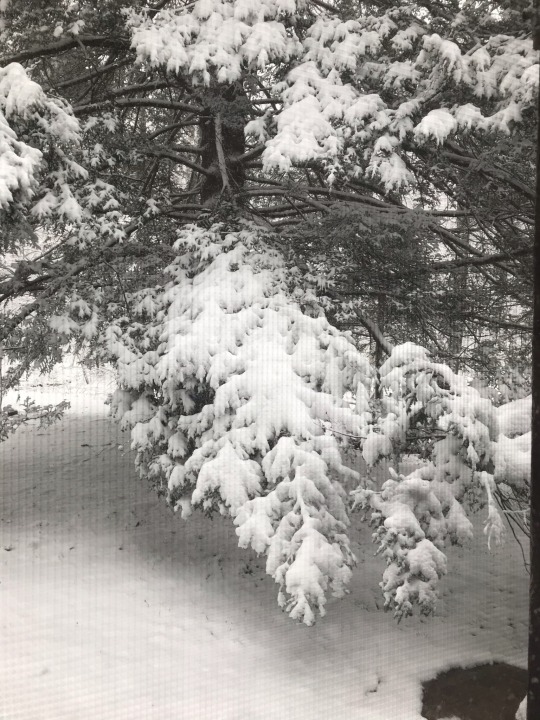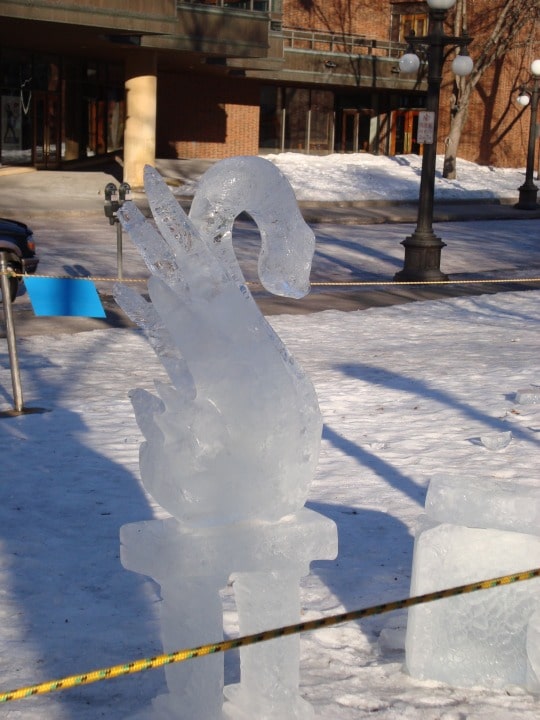Winter is coming! The temperature is dropping. The first snow fall in the Laurel Highlands was gorgeous. The snow was hanging on the trees and piling up around the cabin we were staying in. Driving home to Pittsburgh in the storm was not so fun, reminding me of scenes from Game of Thrones and my childhood. By the next morning the beauty of the snow was already receding as the temperatures climbed in Pittsburgh.

Full disclosure, I love winter – but then I am from Minnesota where one either embraces the cold and snow or hibernates for the long cold days. We celebrate winter in Minnesota. The St. Paul Winter Carnival began in 1887, when some east coast journalists claimed that the state was as inhabitable as Siberia. The annual festival developed its own legend with events like ice skating, a night parade, a full-sized ice palace, and an ice sculpting contest. It can be magical. The carnival is in January – often the coldest time of the year, with sub-zero temperatures and bitter cold winds. However, occasionally there is a thaw.
The ice sculpting contest is in held in Rice Park, across from the Courthouse and St. Paul Public Library (yes, it is one of the Carnegie Libraries). Dozens of intricate sculptures are carved each year. When I lived in the city, I used to walk across the park daily on my way to work from my bus stop. It was fascinating to watch the sculptures take form. Artists would use hot water to build blocks of ice into the basic form, then use chain saws, chisels and more hot water to carve and sculpt. My favorites were the fanciful forms that were crystal clear. Standard practices changed during the heat wave of 2008. Temperatures rose to the mid 30’s during the day and refreeze each night. With each passing day the sculptures deformed and lost definition. That year the judging did not take place.

As the Objects Conservator at the Carnegie Museum of Natural History, I do not have to worry too much about these kinds of extreme temperature fluctuations. Most of the collections under my care are quite happy at the same temperatures that we humans find comfortable. Most materials are stable enough to survive moderate fluctuations, which can be maintained using heating and air-conditioning.
Gretchen Anderson is a conservator and the head of the Section of Conservation at Carnegie Museum of Natural History. Museum employees are encouraged to blog about their unique experiences and knowledge gained from working at the museum.
